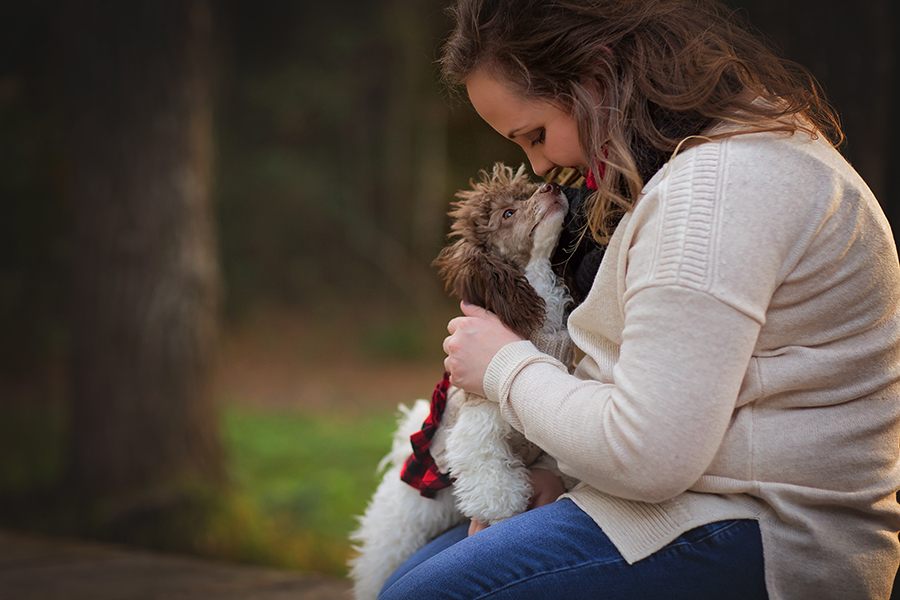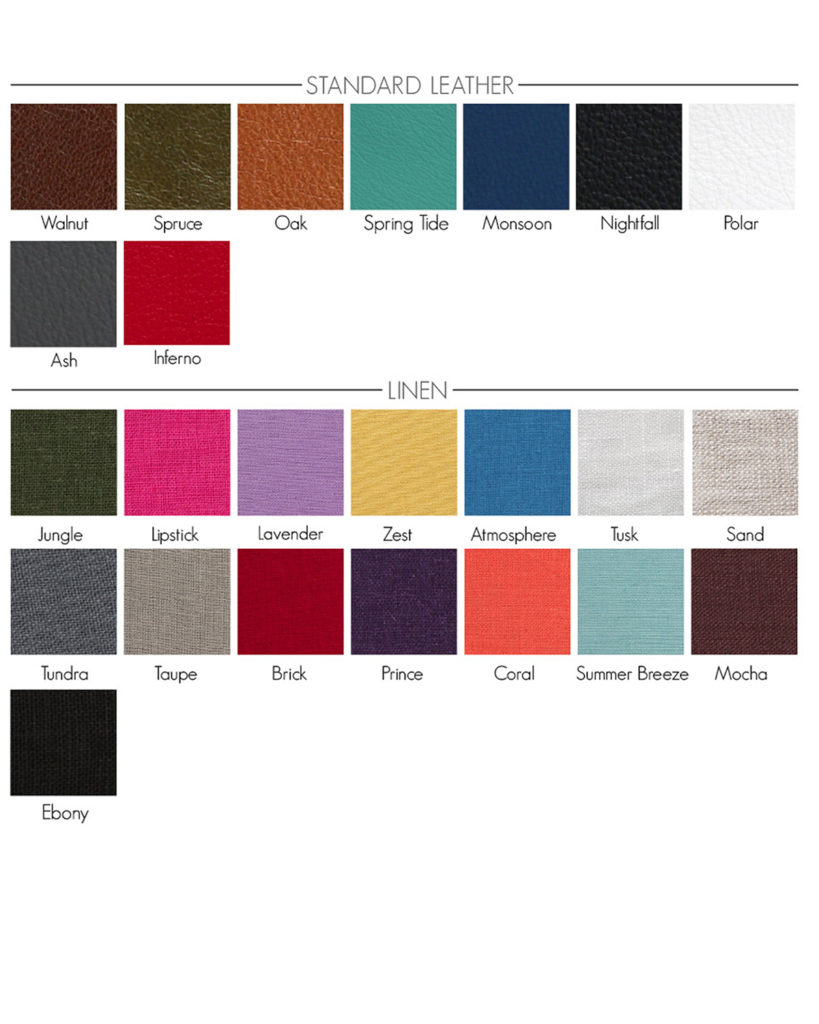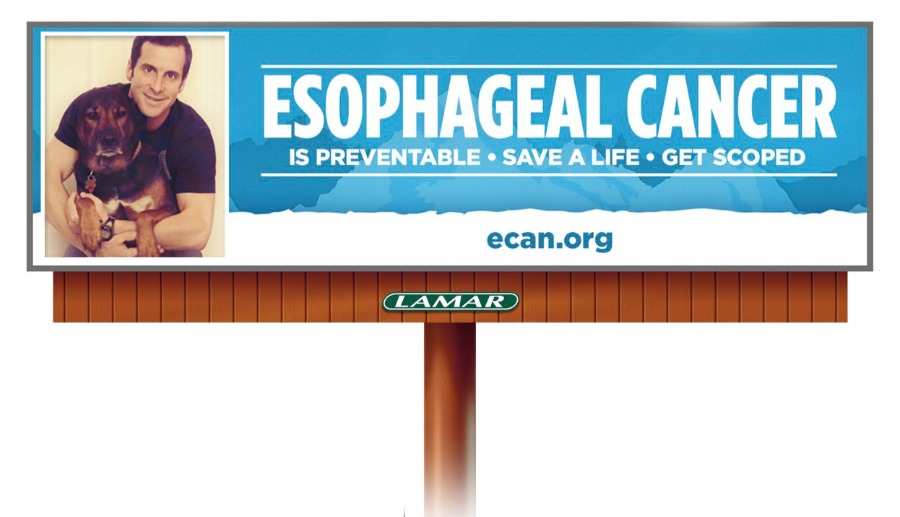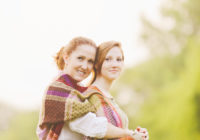Chase Jarvis published a book a while back titled, The Best Camera Is the One That’s With You. It’s a compilation of photos he took on his iPhone for an entire year. Just a personal notebook he could always have with him for inspiration for his fine art photography. You don’t have to know who Chase is to appreciate the meaning behind this project. The title says it all.
You don’t have to have a ton of fancy gear to produce great images.
But where do you start if you want something a little more to document your life than your phone?
As a photographer, I get asked a lot about my gear. What kind of camera do I use? Why did I choose that camera? What kind of lens do I use? How do I know what kind of lens to use? Can you take pictures like me if you buy the same kind of camera? The list goes on and on and on.
Today I’d like to answer some of those questions and give you a little insight into what gear I use for my every day family life, what I take on a shoot and some info on the different levels of cameras if you’re looking to invest in a good camera to capture your life’s cherished moments.
My current “grab and go” camera, so to speak, is my Canon 5D Mark iii with my 85mm f/1.8 lens. I know that may sound like a bunch of gibberish right now but hang on a sec and I’ll be happy to explain.
The Canon 5D Mk iii is my camera body and the 85mm lens is the lens I use. It’s a “fixed focal length” lens. Meaning if I want to zoom in or zoom out, I do so with my legs by moving forward or backing up. The best thing about a fixed focal length lens (or prime lens) is that although you give up the ability to zoom in or out, standing in one place, a prime lens makes up for that in that they are faster, sharper and usually far better in low light situations. And when I’m chasing toddlers, trying to get sharp images of moving babies, or simply chasing my 4 year old daughter around the yard while she plays, those three things are key for me to get great images.
That f/1.8 part? That’s called aperture or the amount the lens opens to let in light. The smaller the number, the bigger the opening. (I know it doesn’t make sense but that’s what it is.) The larger the opening or aperture, the more light that gets in. There are other key factors that having a large or wide aperture are advantageous but we’ll get into that a little later.
Does this mean zoom lenses are inferior?? Nope, this is a post about what I prefer to shoot with and in my everyday life, the 85mm is just my everyday lens of choice. Keep reading and I’ll tell you about the zoom lenses I do use and why.
20d
Yep, you are reading it correctly. I started my business on an entry level DSLR. Like one level above a point and shoot camera! And I stayed with this body for three years while shooting professionally. Whenever someone asks me where I learned how to be a photographer, I think of this camera. Not having all the bells and whistles really forced me to learn how to use what I had to create the images I saw with my heart. Was it hard? Yep. I messed up, screwed up and even have some skinned knees to prove it. I took pictures that were too dark…way too light…out of focus…the list goes on and on. What I did not do is give up. I got up everyday and shot in the morning. In the afternoon. In the evening. Again and Again and Again. I reviewed the images and took note of what worked, what didn’t work and would go out an reproduce it.
5d Mark iii
As I mentioned above, my go to camera body is my Canon 5D Mk iii. It’s overall performance has been outstanding for me in the type of work I do and I can’t say enough about the low light performance. I very often shoot in natural light settings and here in Texas where it can still be in the mid 90’s at sunset, I often find myself shooting past that “golden hour” right before and sometimes into twilight. I don’t have to worry about my images coming out grainy when I bump that ISO up and keep from having to go get a flash when I want to get “just a few more” images.
5D Mark ii
Last year, I upgraded to my 5D Mk iii but up until then, I shot for quite a few years with the 5D Mk ii. It was a considerable upgrade from the pro consumer camera I was using before, allowing for better low light shots and a considerable jump in sensor size. I don’t typically use this camera too much anymore since it’s primarily my back up camera but it’s still a great camera body and I have complete faith in its performance if I’m in need of it.
I have a variety of lenses I shoot with and usually bring on every shoot with me. Although, I may not use all of them, they each serve a specific purpose. Depending on what time of day, where I’m shooting, and what type of “look” I’m going for will often determine what lens I use.
85mm f/1.8
As discussed above, this is my favorite, FAVORITE lens. I do about 85% of all my shooting with this lens. The focal length is versatile enough for close up portraits or wide family shot. It’s super fast and with the wide aperture, I can shoot in very low light and still get the shot of a fast moving toddler.
50mm f/1.4
Until I got my 85mm, this was my workhorse portrait lens. A bit wider than the 85mm, I would have to get up close and personal with my clients to get those great close up pics but it was well worth it. And with the wide aperture, this is another great lens for low light. It’s super sharp and a bit lighter than the 85mm and a little smaller. If I want a great lens for walking around without the extra weight of the 85mm, or I know I’ll be taking more wide shots, this is the lens I choose. Many photographers say that if you’re going to only buy one lens, get a 50mm.
28-135mm f/3.5-5.6
This is a good standard zoom lens. The focal length is wide enough for shots in tight spaces while allowing a good telephoto range if I want to capture an image from afar. This lens is typically my choice if I’m in a tight spot and can’t get the whole picture with my 85mm or 50mm. Unfortunately, the narrower aperture makes it only okay in a low light situation as it can be a bit slow. If I’m shooting in full sunlight, it’s usually not an issue. It will also lack that buttery bokeh effect you can get shooting at a wider aperture on the above lenses. (Bokeh is the blurry background where the foreground object is tack sharp giving your images an almost 3D effect) Everyone should have a standard zoom lens in their kit and many of the entry level and pro consumer level camera bodies usually come in a kit which will include this type of lens. The varying aperture simply means that at a 28mm focal point, the widest aperture will be f/3.5, at the longest focal length, 135mm, the widest aperture will be f/5.6 and the different focal lengths in between will vary in widest aperture available. * wonder if we could insert graphics
70-200mm f/2.8
This is my big mamma jamma telephoto zoom lens. It’s a lot faster than the 28-135mm but a lot heavier to haul around. This lens is typically my choice if I’m at my kids sports stuff where I know I might want to zoom in on the action. A wider aperture makes this a good zoom lens for low light but with the lower focal length being in the medium telephoto range, not too good for tight spaces. I use this for those long distance shots and sometimes at Senior shoots where I want a long depth of field. This is a very common lens for wedding photographers as well since they can typically stand in the back of the church and still get that fantastic kiss shot in low light.
50mm f/2.8 macro
I know it may seem confusing that I have two lenses with the same focal length but this particular one is more for macro shots or those super close up shots. I typically use this on newborn shots to get those tiny little toe shots. If you’re interested in taking pictures of close ups of nature, flowers, etc., this is the type of lens you want.
580 EXII External Flash
While I normally try to shoot in natural light, sometimes life happens and it’s not always optimal. While many cameras created for the prosumer and amateurs have built in flash, most professional camera bodies do not. And it’s been my experience that built in flash usually doesn’t get the greatest results anyway. The great thing about an external flash is that it can be used on or off of the camera (with an accessory called a trigger), giving you greater versatility in controlling where light falls on your image. I can control where the flash goes as well as the intensity. So whether I need just a little or a lot, I can get that with this flash.
My camera has it’s own lithium ion rechargeable battery, but often my accessories do not. My external flash and flash triggers require AA batteries and usually in large amounts. To keep from filling the landfills with the huge amounts of batteries some of these devices use, I turn to rechargeables. The brands above were recommended to me by another photographer and I have had best luck with them as far as reliability and power.
Think Tank Memory Card Holder
It’s always good to have some place to keep all your memory cards together instead of having them here or there. This card holder from Think Tank keeps all my cards organized and in one place so I can find them.
Sandisk Extreme Compact Flash Cards 60mb-120mb/sec
I’ve always used Sandisk memory cards and many of the photographers that I know do as well. They are very high quality, inexpensive and have a great reputation among pros. The ones I use are rated at saving 60mb of data per sec. Since most of my image sizes range 20-24mb, you can see these are super fast. Most people won’t need cards this fast (because faster= more expensive), but know that having cards that rate as fast as your camera’s image size will save lag in the time it takes for you camera to take the picture and then save it to the card.
There are several other pieces of gear that I will take on shoots but I will rarely use so I’m not going to give full explanations but I’ll just list here.
- Reflectors
- Pocket Wizard Flash Triggers
- Light stand with shoot through umbrella
- Various props
So now that you know a little bit about what I use, how does this help you with deciding what camera is best for you? Stay tuned for my next blog post where I’ll give you all the info you’ll need to figure out how much camera you need and what features you need to be aware of to get the most bang for your buck.












